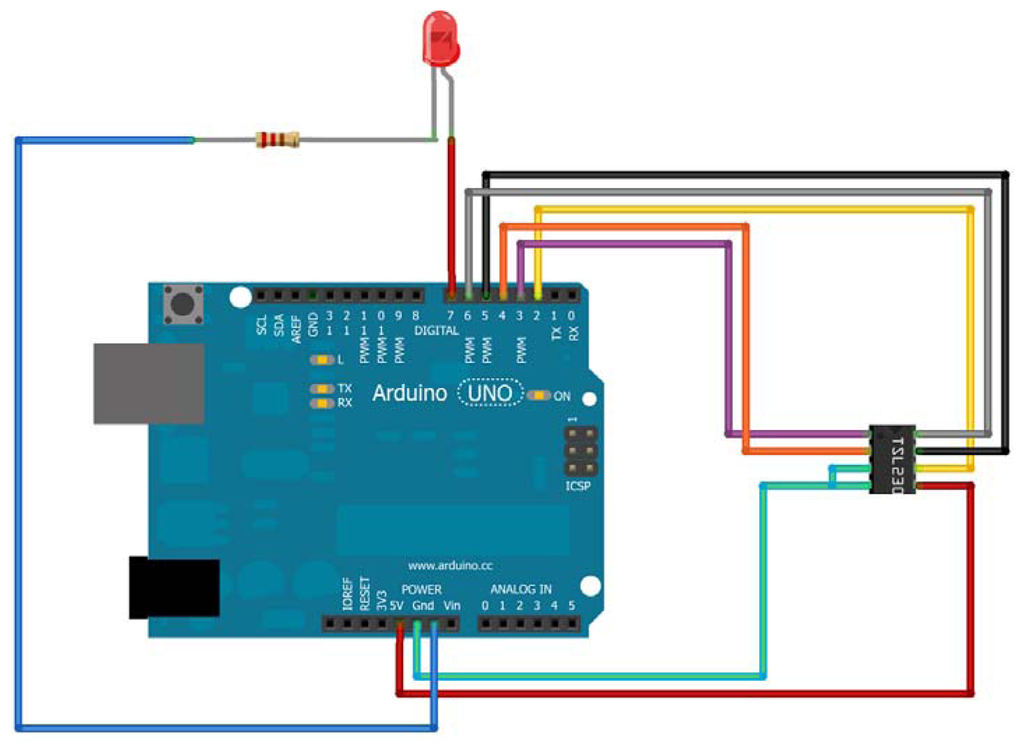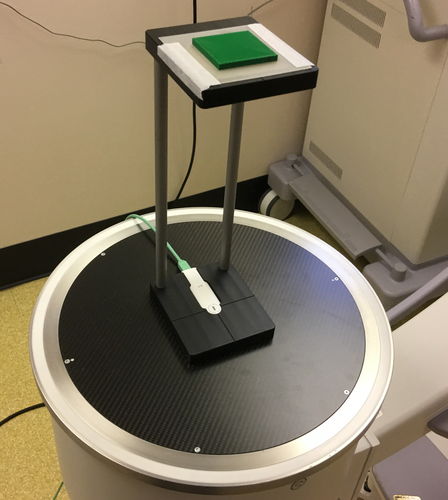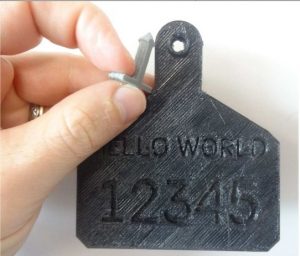Researchers from Michigan Technological University are applying chemistry to 3D printing, detailing their recent study in ‘Open-Source Colorimeter.’ A basic sensor, the colorimeter is made up of a simple light source. Light is controlled and transmitted, filtered so that only a slight band near the absorbance peak is allowed.
While the general public may not be aware of or use these types of sensors commonly, they are often used in major applications with food (bread, chocolate, and milk), along with monitoring nitrates, metal, phosphates and materials present due to commercial production like that of paper or other goods. Colorimeters are used in medical applications too for measuring protozoa in lab cultures, measuring UV radiation through skin color transformation, and even for studying the age of bruises. Colorimeters may also be used for evaluating waste waters and water quality.
“There are sophisticated and expensive methods to determine COD with high accuracy, but often at high cost and increased production of waste from the analyses,” state the authors.
In this study, the authors designed a colorimeter device with the closed reflux COD method (EPA method 5220D). Afterward, they assessed the device in terms of its future ability for reducing equipment costs—along with offering progress in research and development of analytical tools that can be open-sourced. The device is meant to be ‘research-grade,’ and to function as a bespoke tool for scientists in the lab.
“The colorimeter was selected because of its simplicity and utility, making it an ideal instrument to launch an investigation into this methodology,” stated the researchers.
Created in OpenSCAD, the colorimeter case was fabricated on a RepRap 3D printer with black PLA, meant to let as little light as possible into the area of detection.

The open-source colorimeter: (a) schematic of case design in OpenSCAD, and (b) the assembled case with electronics.
The accompanying electronics for this device are controlled with an Arduino. The necessary hardware interfaces with the Arduino via the host computer, including a custom bootloader for running compiled C++ code. Firmware was created with the Arduino, allowing for a simple menu system listing functions.
When compared to the commercial colorimeter (0.0002 absorbance units), the open-source model showed a larger average single sample standard deviation of 0.0010 absorbance units. Because the open-source results were well within the required precision limits, the authors determined that it was ‘suitable for use’ in COD applications.
“Absorbance determined by the open-source colorimeter is skewed somewhat low compared to the commercial equipment, which is the result of the light source emission spectra having a peak farther away from 606 nm (the LED light source has a dominant wavelength of 620 nm) as compared to the light source or detector range used by the commercial colorimeter,” stated the authors.
“Since the colorimeter was designed to use commercially available COD digestion vials having a stated range of 20 to 1,500 mg/L COD and only side-by-side evaluation of performance was desired, no attempts were made to establish detection limits or linearity.”
The researchers considered the data to be ‘remarkable,’ especially because the open-source model can be built for a mere $50. Both the design and necessary software are available online and can be customized as needed by users. The process took less than 100 hours of work on the part of the team, and the scientists were able to draw on previously work.
“As the results show, the open-source hardware design approach used here to develop an extremely low-cost COD instrument proved successful. The once onerous learning curve associated with “open source” has largely been overcome due to innovation and rapid development of tools such as the Arduino prototyping platform, the RepRap, and associated software,” concluded the researchers.
“A major benefit of the approach shown here is that as both the design files are freely available to replicate this COD instrument in another lab with open-source 3D printing will take only a few hours. Using this approach on other types of tools such as optics equipment has shown over 97% cost reductions for laboratories. In addition, the OpenSCAD code has been made available, making it easy to redesign the case to test for example alternative sizes or geometries of vials. In the same way, the Arduino software made available here is easily altered for example to adjust integration time, light intensity or sensor sensitivity for another application.”
Chemists are beginning to use 3D printing more often for the creation of affordable devices and measuring tools, from regulators and low-cost polarimeters to molecular models. What do you think of this news? Let us know your thoughts! Join the discussion of this and other 3D printing topics at 3DPrintBoard.com.
[Source / Images: ‘Open-Source Colorimeter’]
The post $50 Open-Source Colorimeter is Remarkable in Comparison to Commercial Models appeared first on 3DPrint.com | The Voice of 3D Printing / Additive Manufacturing.










